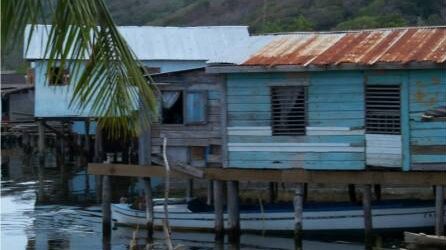Bay Islands Demographics
- Age: 50% under 18 years of age; 30% elderly; 20% working age
- Government: Democracy
-
Religion: Protestant
-
Economy: Tourism, Construction, Fishing
-
Literacy Rate: 49% - 69% (reports vary)
-
Mandatory Education: pre-school to 9th grade
-
Schools: Community-based. Vary size from 2-room schools for 50 children to larger schools for 2,500 students. Two high schools. Several university programs now available on-line or on the island.
-
All classes are required to be bilingual. However, there is little funding for English-language teachers and the majority of classroom teachers speak Spanish. Textbooks are in Spanish. The Roatan Rotary Club is sponsoring English in Latin America, a program that is recorded and teachers with the classroom teacher.
-
Schools have limited supplies including books, instructional materials, desks & chairs
In 1990 Roatan was a sleepy little island off the north coast of Honduras that attracted divers and snorkelers looking for a laidback vacation. About 15,000 people lived permanently on the island. Their primary language was English. The economy was based on fishing and cottage industries. There were no paved roads; the island electric company was getting started; and telephones were a novelty.
Today..... the world has discovered Roatan. Over 150,000 people live on the island; an estimated 85% are Spanish-speakers. Electricity, paved roads, cell phones, and internet are now standard. Tourism has replaced fishing as the primary economy. Over 2 million cruise ship guests come to the island annually. Thousands of divers and snorkelers stay at upscale hotels, resorts, hostels, and condos. Retirees flock to top-notch gated communities or off-the-grid island homes.
